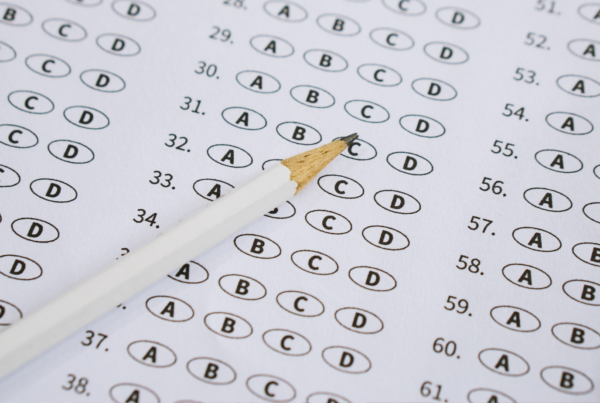 By Steven Flores
By Steven Flores
College application season is upon us. For those in the spring semester of their junior year, it may seem premature to start now, but students (and parents) tell us time and time again how much better they feel having all things college app out of the way before the busyness of fall semester takes hold. As students take their college tours and solidify their college lists, there are a few important steps they can take to prepare themselves for a stress-free fall.
Create A Résumé
Spring of junior year is an excellent time to take stock of all the work a student has done throughout high school. This is also a systematic way of evaluating priorities and fine-tuning future interest in a college major. Whether it be DECA with a dash of Lincoln-Douglas debate, or Camp Counseling with a dash or Orchestra, the résumé serves as an honest reflection of what a student spends time on and what they value. This résumé process should focus on quality over quantity: it’s better to have three or four things you do well than 10 things you do halfheartedly. Once assembled, this résumé can be tweaked for a variety of internships, and it can also be pared down to fit the Activities List on the Common App. Finally, it can serve as a catalyst for other essays.
Pick A Main Activity
As a student composes their résumé, it will be important for them to have the following question in mind: “Which of my activities is my main activity, and how does it impact me/my community?” This is because most selective colleges will ask students to consider a question like the following:
Harvard: Please briefly elaborate on one of your extracurricular activities or work experiences. (Length: 150 words)
Michigan: If you could only do one of the activities you have listed in the Activities section of your Common Application, which one would you keep doing? Why?(Length: 150 words)
The explicit “Why?” in the Michigan prompt is helpful because some students will take this question too literally. Rather than getting into the finer points of, say, Lincoln-Douglas debate, students should instead focus on what the admissions reader is really looking for: the impact that Lincoln-Douglas debate has on the student and their community.
From the student’s perspective, this essay can be reverse-engineered to inform the college search. More importantly, it can also serve as the basis for the larger Personal Statement essay and the plethora of “Why Our University?” essays down the line. This brings me to my last tip.
Make A Gantt Chart
In my experience, a Gantt Chart is the most user-friendly way to organize essays. I recommend Smartsheets in the Google suite for its versatility and elegance. A Gantt Chart is essentially a supercharged spreadsheet that provides at-a-glance project management capabilities. Teaching students to use this tool now will prove very helpful for their future regardless of their chosen field.

Students can place due dates atop the x-axis and then have an elastic y-axis for the different schools and individual essays. When a new school or essay is added, simply create a new row, add the essay, and mark the corresponding (self-imposed) due date. You can also color code similar essays (such as the “Why Major X?” essay), hyperlink the documents themselves via GoogleDocs, and even include prompts using the notes feature. As students continue to add essays, they can share their Gantt chart with parents, teachers, and essay coaches so that everyone can monitor progress in real time. This tool will be immensely helpful as schools, and therefore essays, proliferate.
Next Steps
As your student solidifies a college list, taking these early steps will position them well to tackle the more weighty “Why University X?” essays as well as the “Common App Personal Statement.” In my next post, I will discuss some techniques and technologies that are helpful for tackling those more complex essays. But for now, I would encourage students to take the above steps to put themselves in prime position to tackle bigger projects down the line.





